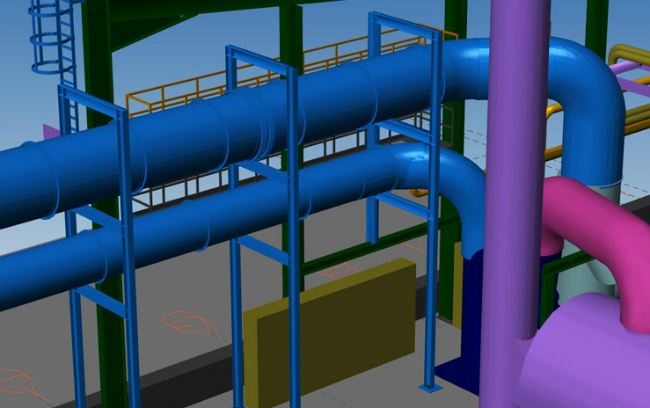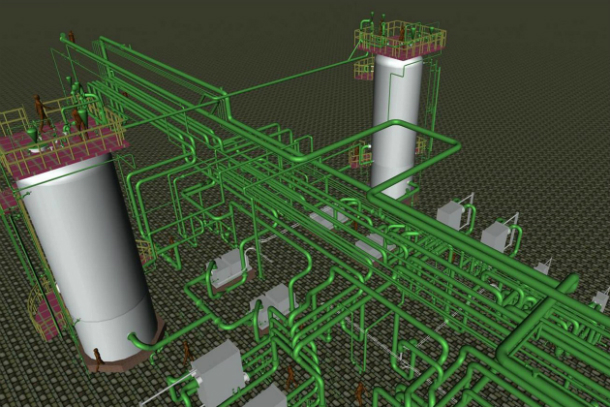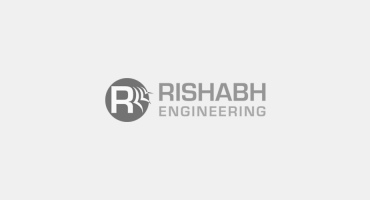Challenges in Piping Design
Piping design is an integral part of engineering services. There are two components to Piping design: Piping Modeling and Piping Stress. Both are critical for developing efficient piping processes to find out the best way to transport fluids or gas. The best way here means the safest, most efficient and cost-effective design for the process. However, piping systems are intricate frameworks spanning the industrial complex. Poor design or design failure can have disastrous consequences – jeopardizing the safety of employees and resulting in a halt in production, extensive repairs and financial losses.
An intelligent design is the backbone of an accurate and safe piping system. Developing a piping system design that senses and controls the pressure, load, flow rate and temperature of the transmitted fluid or gas can be somewhat tricky. Companies developing or outsourcing their underground piping design need to be especially cautious and heedful of the many difficulties that crop up while architecting their engineering piping.
Choosing the right material
The success of the project hinges on the accuracy of piping materials suggested and designed during 3D Modeling. This depends on an accurate understanding of the process be it pharmaceutical, power, petrochemicals etc. The requirement specifications from the design team should include process data sheets, equipment data sheets and other niche disciplinary details for accurate designing and materials. The design engineer also needs to consider issues like the amount of pressure, the width of piping, the components used in the process, when selecting the construction material.
Temperature and weather conditions
Piping design companies must also analyze and customize the designs based on the temperature and weather conditions of the process plant. The dimensioning and tolerances are different for colder climates and tropical zones. Several codes like ASME, ASTM, ISO, SAE, ANSI, BS, DIN and MIL are applicable to specific oil and gas facilities depending on the location and weather conditions. The design team/partner must verify what regulations, codes and standards will apply for the specific process, materials used and project location. Poor knowledge or implementation of these standards in designing can have severe consequences for the project.
For instance, piping design in the U.S, on offshore facilities is regulated in accordance with ANSI/ASME Standard B31.3. Whereas most onshore facilities are mandated to adhere with ANSI/ASME Standard B31.4 or B31.8, depending on whether it is an oil or gas facility. Similarly, various codes apply for various engineering disciplines be it Oil and Gas, Petrochemicals, Power and based on the fluids and materials used. Failing to interpret and execute correctly can hamper the project.
Piping Stress and Vibration Analysis
Pipe Stress Analysis (thermal flexibility analysis) predicts the stresses in piping and loads on equipment resulting from thermal gradients, thermal transients, weights, pressure, and bolt-up strain. It is an indispensable part of piping design because it calculates the structural responses and stresses of piping systems to international codes and standards. This study is especially necessary for piping systems that will be subject to high temperature fluctuations, or for long pipe runs such as hot piping to coolers or headers. It is also required in cases where the equipment is sensitive to external loads.
Often pipe stress requirements are not adequately calculated while routing and supporting piping systems. Especially in cases that require proper flexibility to absorb expansion/contraction of pipes because of thermal loads. So often, it results in a belated realization that the layout is stiff and engineers suggest routing changes to make the design more flexible. This results in considerable back and forth design iterations until a suitable layout and support scheme is agreed upon.
Unfortunately, a majority of the piping design codes don’t address vibration issues in great detail. Often vibration analysis is ignored or misunderstood at design stage and simple static analysis is performed on piping systems. Over the course of time, the vibration tendency of piping systems has been seen to amplify due to increased flow rates of process industries through pipes and usage of high strength thin walled piping (flexible) material during design.
Vibration problems are a major hindrance at operating plants. It is an integrity risk for facility owners because of the implications of failure: product releases from ruptured piping. However, these can be mitigated at design level by conducting a vibration analysis with respect to the process, equipment and material used.
Both vibration analysis and piping stress need to be adequately addressed to include realistic pipe support stiffness assumptions, and use of vibratory clamps/restraints that have enough flexibility for thermal growth.
To summarize
Piping Design Engineering is a complex and fascinating science on which the success and efficiency of a plant largely depends. With the right kind of piping design partner you can overcome many of the challenges and difficulties encountered in design.
Are you looking for a strong and experienced piping engineering service team?
We can deliver timely & cost-effective piping engineering designs as per international standards.
Call us now: 1-877-RISHABH (1-877-747-4224)
Or
Related Blogs
Related Blogs
Piping Support Design and Engineering
Pipe support design is an important component of piping engineering…
Detailed Engineering of Piping Systems
Detailed engineering involves design, detail, engineering and layout of piping…


